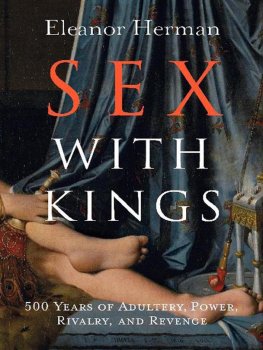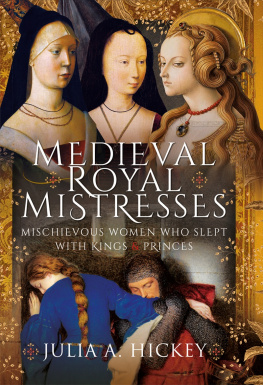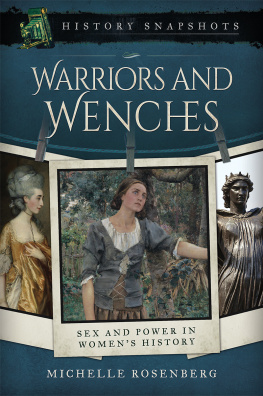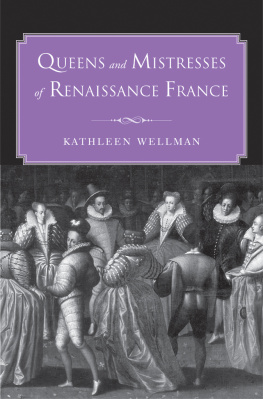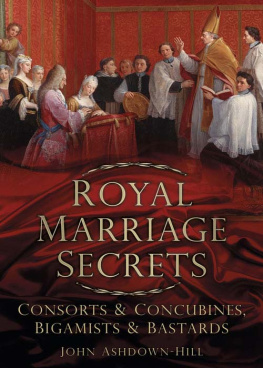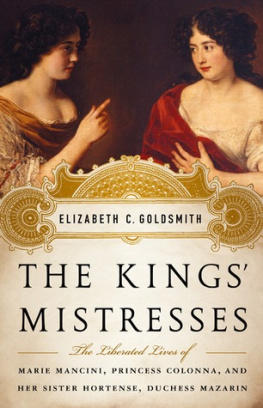Ian Graham - Scarlet Women: The Scandalous Lives of Courtesans, Concubines, and Royal Mistresses
Here you can read online Ian Graham - Scarlet Women: The Scandalous Lives of Courtesans, Concubines, and Royal Mistresses full text of the book (entire story) in english for free. Download pdf and epub, get meaning, cover and reviews about this ebook. year: 2015, publisher: St. Martins Press, genre: Non-fiction. Description of the work, (preface) as well as reviews are available. Best literature library LitArk.com created for fans of good reading and offers a wide selection of genres:
Romance novel
Science fiction
Adventure
Detective
Science
History
Home and family
Prose
Art
Politics
Computer
Non-fiction
Religion
Business
Children
Humor
Choose a favorite category and find really read worthwhile books. Enjoy immersion in the world of imagination, feel the emotions of the characters or learn something new for yourself, make an fascinating discovery.

- Book:Scarlet Women: The Scandalous Lives of Courtesans, Concubines, and Royal Mistresses
- Author:
- Publisher:St. Martins Press
- Genre:
- Year:2015
- Rating:4 / 5
- Favourites:Add to favourites
- Your mark:
- 80
- 1
- 2
- 3
- 4
- 5
Scarlet Women: The Scandalous Lives of Courtesans, Concubines, and Royal Mistresses: summary, description and annotation
We offer to read an annotation, description, summary or preface (depends on what the author of the book "Scarlet Women: The Scandalous Lives of Courtesans, Concubines, and Royal Mistresses" wrote himself). If you haven't found the necessary information about the book — write in the comments, we will try to find it.
Scarlet Women: The Scandalous Lives of Courtesans, Concubines, and Royal Mistresses — read online for free the complete book (whole text) full work
Below is the text of the book, divided by pages. System saving the place of the last page read, allows you to conveniently read the book "Scarlet Women: The Scandalous Lives of Courtesans, Concubines, and Royal Mistresses" online for free, without having to search again every time where you left off. Put a bookmark, and you can go to the page where you finished reading at any time.
Font size:
Interval:
Bookmark:
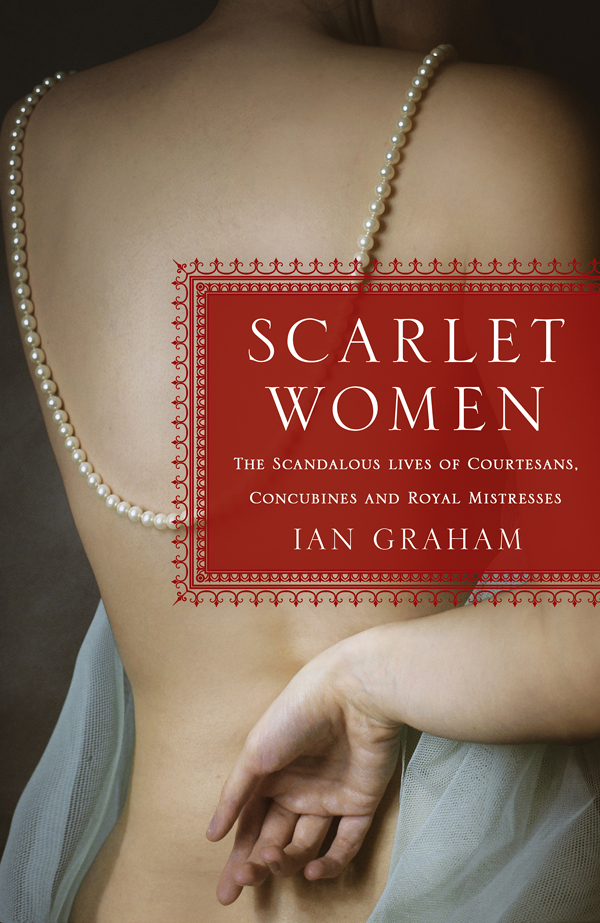
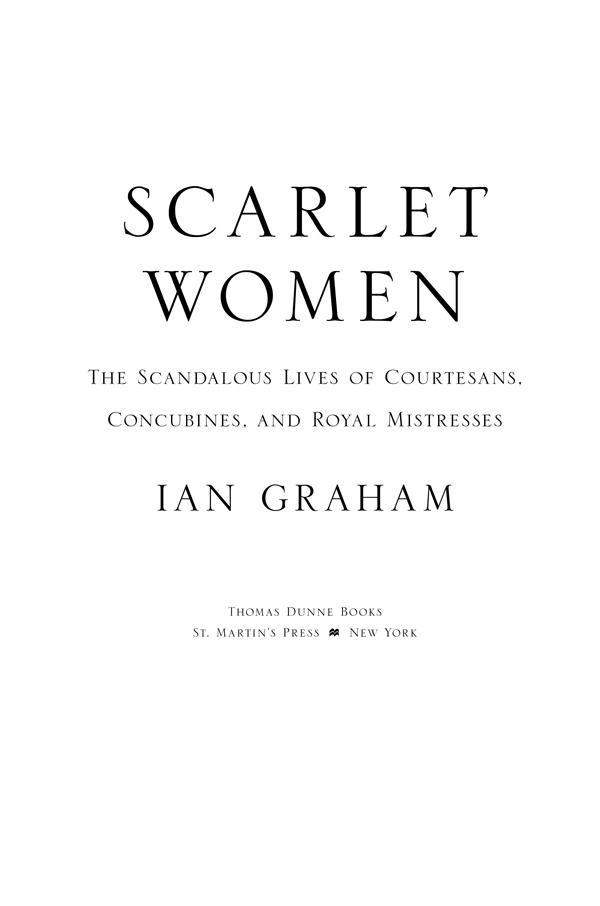
The author and publisher have provided this e-book to you for your personal use only. You may not make this e-book publicly available in any way. Copyright infringement is against the law. If you believe the copy of this e-book you are reading infringes on the authors copyright, please notify the publisher at:
us.macmillanusa.com/piracy .
To Annadale Grammar School, Belfast
Well-behaved women seldom make history.
LAUREL THATCHER ULRICH
In 1965, an impoverished elderly woman was found dead in a hotel room in Nice, France. Her death marked the end of an era. She was the last of the great European courtesans. Known as La Belle Otero, she was a volcanic Spanish beauty whose patrons included Kaiser Wilhelm II, the Prince of Wales (later King Edward VII), and Grand Duke Peter Nikolaevich of Russia. She is also sometimes credited as the worlds first movie star. She accumulated an enormous fortune, but gambled it all away. Upon her death, a rare species slipped into extinction, quietly and unnoticed.
* * *
The secret of a great partnership is that each partner contributes something of value to the other. It was said of Fred Astaire and Ginger Rogers that he gave her class and she gave him sex appeal. Together, they were unbeatable. Courtesans and kings danced a similar game. Each benefited from the others contribution although courtesans didnt face quite so challenging a task as Ginger Rogers in one respectshe had to do everything her incandescently talented partner did, but she had to do it backwards and in high heels!
Marriages in European aristocratic and royal circles in past centuries were almost invariably not great partnerships. On the contrary, they could be a lonely business. And business is the appropriate description. Marriage in the upper echelons of society was seen as a way of forming alliances between important families, protecting inheritances, and producing heirs. Love was not a consideration. A couple sometimes met for the first time on their wedding day. When the British king, King George III, married Princess Charlotte of Mecklenburg-Strelitz in 1761, the king and his queen had not met before the moment they saw each other at the altar.
Upper-class women were schooled in social etiquette but little else. Their thoughts and limited conversation were rarely of any interest to their husbands. The queens job was to produce an heir, but, having had a very sheltered upbringing, most queens knew little about how to please their husbands, either in bed or out of it. Husbands looked elsewhere for companionship, conversation, and sexual pleasure, so it was common for the nobility and royalty to take mistresses, providing a fertile hunting ground for ambitious and avaricious courtesans.
Like Astaire and Rogers, ambitious courtesans understood the symbiotic nature of their trade. They contributed companionship, conversation, fun, and sex in return for their patrons contributions of money, property, status, and maybe even an aristocratic title. The best courtesans underwent years of training for the job. They often spoke several languages. They were well read, up to date with current affairs, and, unlike highborn women, they were also skilled in the arts of seduction and sexual pleasure. There were rich rewards for the most accomplished practitioners. They were provided with money, accommodation, clothing, jewelry, and other possessions befitting the social status of the men they serviced. The most successful courtesans could become spectacularly wealthy or famous in their own right. And they sometimes wielded great political power by virtue of their influence over kings and emperors. King Henry II of France trusted his mistress, Diane de Poitiers, to write and sign royal documents and letters on his behalf. Louis XVs mistress, Madame de Pompadour, was deeply involved in French politics at the highest level.
Initially, a courtesan ( courtisane in French, cortigiana in Italian) was simply a female courtier, a woman who was part of the kings circle of attendants, advisers, informants, and companions. Given the dysfunctional nature of royal marriages, attractive female courtiers often caught the kings eye, and nature took its course. In time, courtesan took on a slightly different meaninga woman who set out to capture the attention of a king or nobleman in return for money, title, or property, preferably all three. Courtesans could come from any part of society. Some started out as common prostitutes who were lucky enough to attract clients from the nobility. Others were highborn women who had fallen on hard times, or whose families couldnt afford the huge dowries they were expected to pay on marriage. They were distinguished from mistresses by the number of clients or partners they had. While a mistress generally had one partner or lover at a time, courtesans frequently had several clients on the go at the same time. Courtesans and mistresses accepted money and property in return for their services, but they didnt see themselves as prostitutes. In prostitution, there is a direct relationship between money and sex, but for courtesans and mistresses, there was no such direct quid pro quo, no payment per sex act.
In addition to mistresses and courtesans, in some countries there were concubines. A concubine is a secondary or alternate wife, a partner taken on by a man who is unable to marry her because he is already married or because of her lower social status. Concubines were common in Ancient Greece and Rome, and in Imperial China. Unlike the offspring of mistresses and courtesans, who werent usually recognized or legitimized by their fathers, the offspring of concubines were often recognized and could inherit titles. The son of a concubine in Imperial China could become emperor, and several did.
There are no hard-and-fast dividing lines between the definitions of courtesan, concubine, and mistress. They overlap. Courtesans could be described as professional mistresses. Women who set out to be noticed by kings or emperors intentionally in order to become their mistresses, like Madame de Montespan at the court of the Sun King, were courtesans in all but name. The multiple mistresses of kings could also be described as concubines. A few mistresses actually went through a form of marriage with their royal patrons, or claimed they did.
Courtesans and royal mistresses enjoyed a charmed life of freedom and independence that most women of their time could barely dream of, but they paid a price for it. While some women were encouraged by their families to work as courtesans or mistresses, others were disowned and disinherited. They were also often ostracized by polite society. The value and desirability of courtesans rose with each notable lover, whereas the value of respectable women fell in the same circumstances.
Because of their relationships with royal, political, and military figures, courtesans and mistresses risked accusations of spying or acting as agents of a foreign power, especially during wartime. And sometimes it was true. An ancient Ionian hetaera (courtesan), Thargelia, was said to have acted for Cyrus the Great of Persia in the sixth century B.C. by spreading pro-Persian propaganda among her influential Greek lovers during a time of conflict between Persia and Greece. Persia went on to conquer Ionia in 547 B.C . In the seventeenth century, a courtesan called Louise de Krouaille was sent to England from France to seduce King Charles II and spy on his court. But the most famous name among courtesans associated with spying is, of course, Mata Hari. France and Germany both asked her to spy for them during World War I, and she paid for it with her life.
Font size:
Interval:
Bookmark:
Similar books «Scarlet Women: The Scandalous Lives of Courtesans, Concubines, and Royal Mistresses»
Look at similar books to Scarlet Women: The Scandalous Lives of Courtesans, Concubines, and Royal Mistresses. We have selected literature similar in name and meaning in the hope of providing readers with more options to find new, interesting, not yet read works.
Discussion, reviews of the book Scarlet Women: The Scandalous Lives of Courtesans, Concubines, and Royal Mistresses and just readers' own opinions. Leave your comments, write what you think about the work, its meaning or the main characters. Specify what exactly you liked and what you didn't like, and why you think so.







